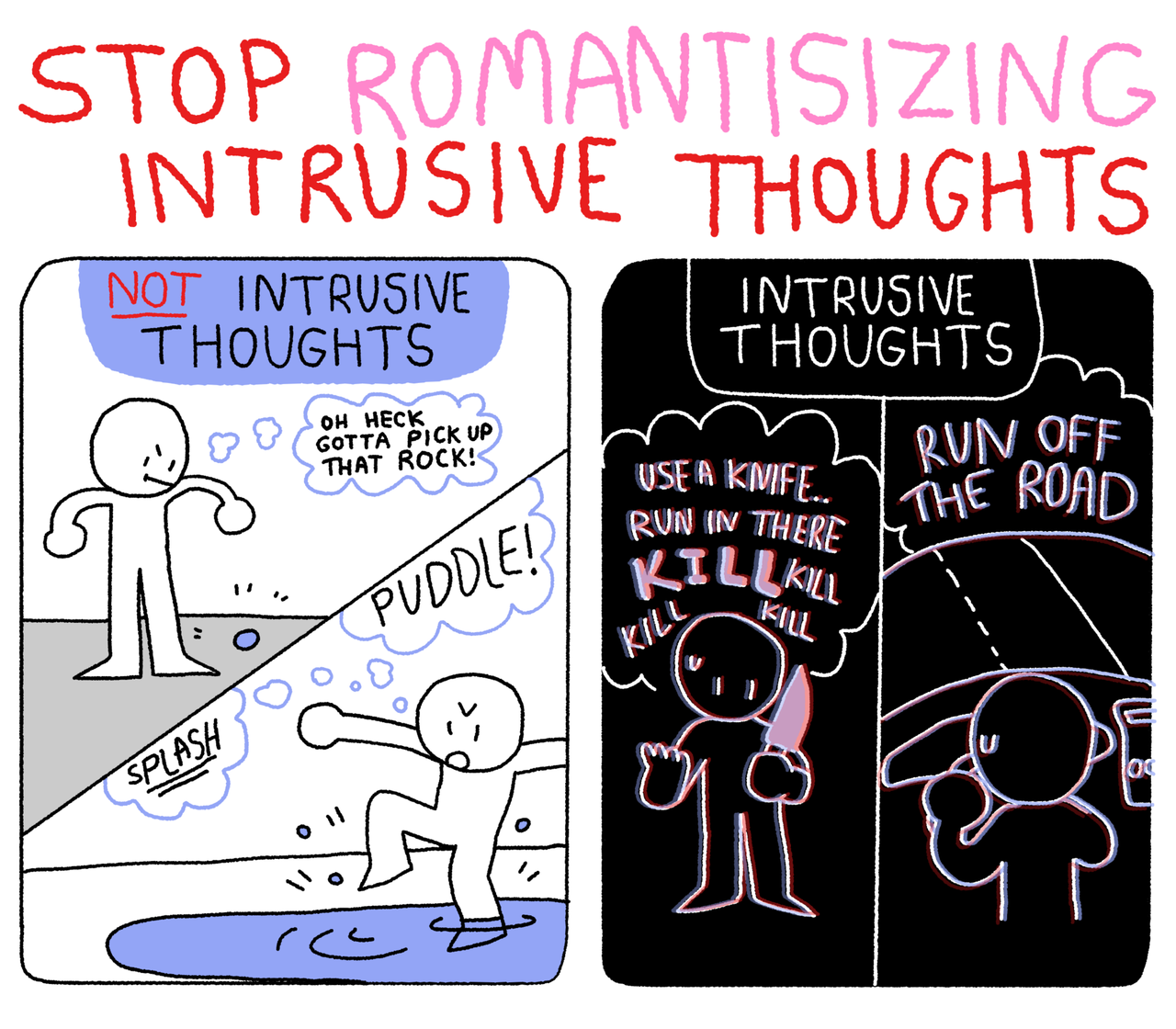


That is, they are experienced as unacceptable and inconsistent with a person’s sense of self. Unlike in puerperal psychosis, intrusive thoughts of intentional harm to the infant are ego-dystonic. However, if the mother acknowledges intention to act out the thoughts or has a history of previously harming her baby, the risk needs to be taken seriously. Rather, the overall clinical picture from answers to all of these questions is the more informative indicator. Conversely, an affirmative answer to the first four points does not necessarily indicate that a mother will harm her infant. Negative answers to these questions are entirely consistent with a very low risk of a mother deliberately harming her infant. Has the mother ever intentionally harmed her baby? Is the mother emotionally unaffected by the thoughts?ĭoes the mother try to trigger the thoughts?ĭoes the mother decline help to manage the thoughts?ĭoes the mother intend to act out the thoughts? Is the mother indifferent to the intrusive thoughts? Assessing features of mothers’ emotions and behaviours associated with these thoughts ( Box 2) has shown us that mothers almost invariably find the intrusions to be repugnant and distressing, that they have done nothing consistent with the intrusions, and have no intention to do anything consistent with the intrusions.

Following such explanation and disclosure, patients have been able to reveal, often with great relief, that they have, indeed, experienced just such thoughts. We have also found that, directly before enquiring about intrusive thoughts of harm, it can help to build a parent’s trust by explaining to them that negative intrusive thoughts of all kinds - for example, violent thoughts - are common and that we, as mental health professionals, also experience them. Even so, on a first meeting, we have found that enquiry can be fruitful. Disclosure of intrusive thoughts is more likely within a trusting relationship, possibly one developed via continuity of care. The content of intrusions is such that patients are often unwilling to disclose them. There is no intention to act on them or a history of harming the baby as such, the mother poses no risk of harm to her infant. The assessment is likely to reveal that the thoughts are intrusive, ego-dystonic (that is, they are inconsistent with the mother’s view of herself), inconsistent with the mother’s behaviour, and cause the mother distress and dismay. These intrusive thoughts need to be carefully assessed, by a GP, health visitor, or mental health professional, to distinguish them from those that should, in fact, trigger child protection and safeguarding proceedings. Although much of the research in this area has been with mothers, these intrusive thoughts also frequently occur in fathers. 3 Although such intrusions are not in themselves indicative of risk, they are likely to be of particular significance when they occur as part of depression, anxiety disorders, or OCD, where they are often associated with great distress and shame. Such thoughts and images have been reported to occur in very nearly half of parents of infants in the general population. One form of intrusive thoughts that is particularly distressing in the postnatal period is of intentionally harming one’s infant ( Box 1). They can play an important role in maintaining the disorders in which they occur. Furthermore, they lead to a narrowed focus of attention that, in turn, can impair a person’s ability to respond to the external world. Intrusive thoughts comprise unwanted negative thoughts and images that frequently intrude, are difficult to dismiss, and, when dismissed, recur. 1 Such thoughts are also common in the general population, where their content is the same as found in those with a psychiatric disorder. Intrusive thoughts are key features of depression, anxiety, and obsessive-compulsive disorder (OCD).


 0 kommentar(er)
0 kommentar(er)
